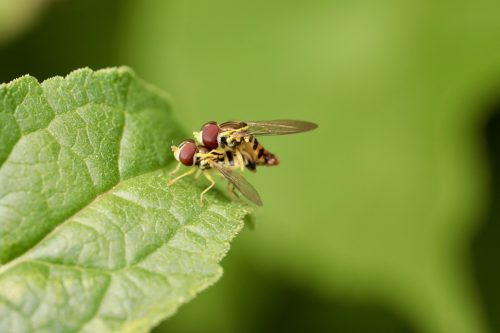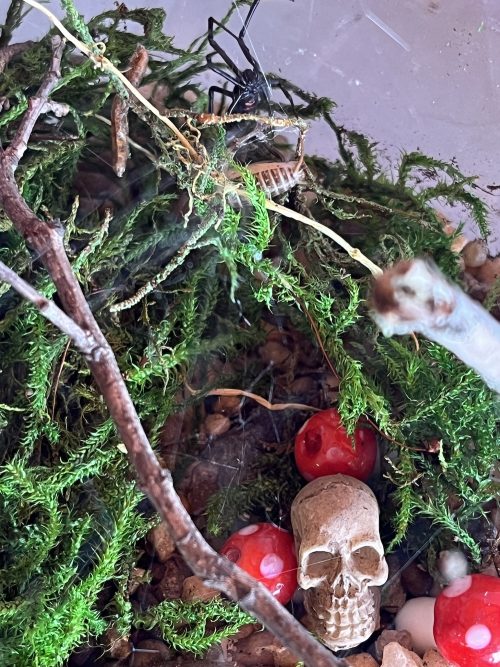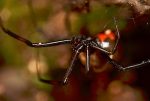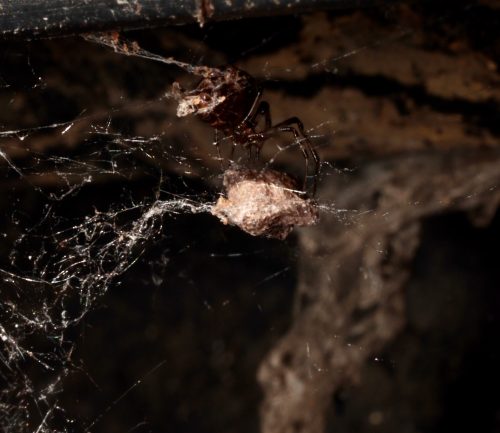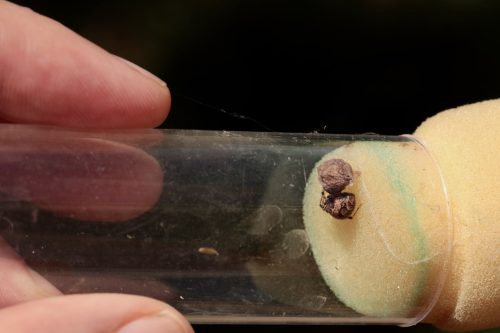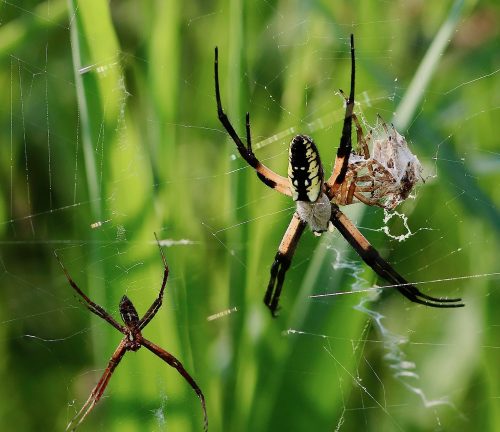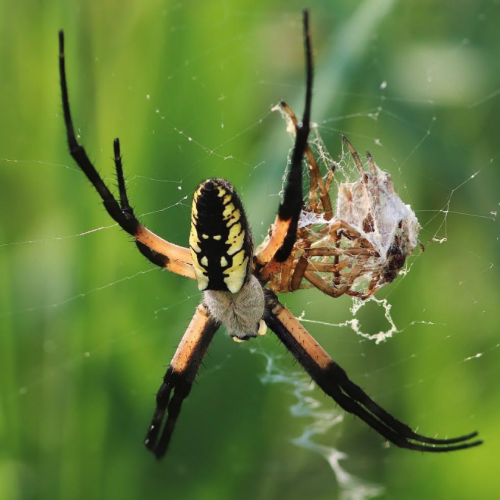We were strolling in the garden, and noticed that the place was full of horny pollinators. If they weren’t eating, they were fornicating.
It was like hanging out with teenagers. And I thought, if this was a 70s teen horror movie, what should I see next? And I was right.
If I were a spider, I’d want to just hang out in flowers and wait for those obnoxious teenagers to stop by. It’s the perfect place to find distracted prey.

